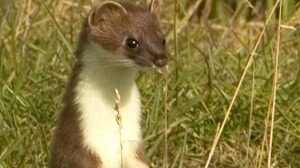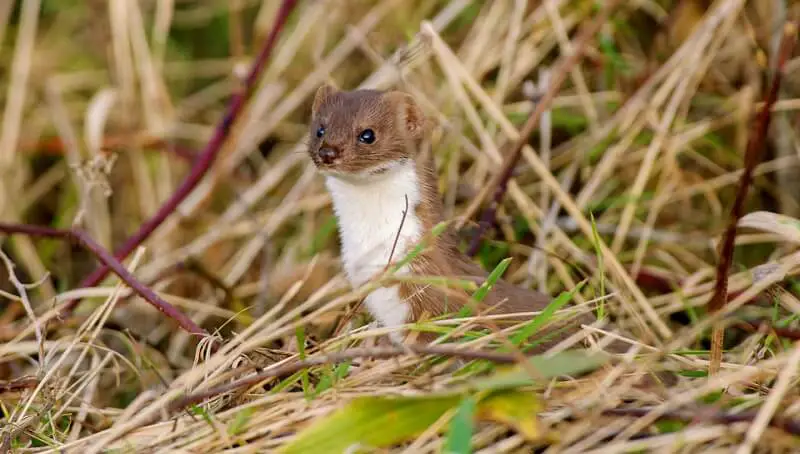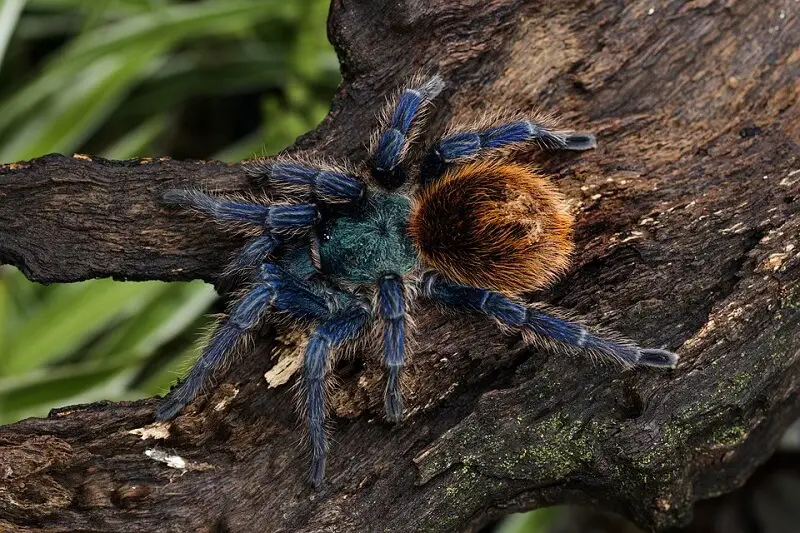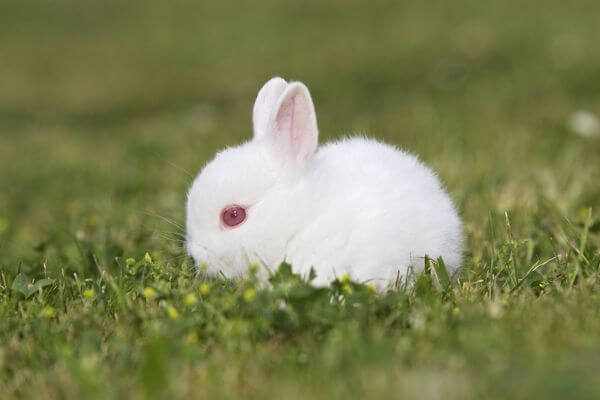The stoat is part of the order Carnivora, the family Mustelidae, and is also known as ermine. It is hunted by humans, especially for its beautiful fur.
In the Middle Ages, the ermine was considered a luxury pet, often found in the homes of Catholic monarchs, pontiffs and cardinals. Proof of this is also the famous graphic representation, the painting “Queen with ermine” (1483), made by Leonardo da Vinci. Starting in the late 19th century, stoats were introduced to New Zealand to control the population of wild rabbits, but they had a devastating impact on the local bird population.
Where can you find a stoat?
The stoat, Mustela erminea, is a carnivorous mammal slightly larger than the common weasel that lives in North America, Greenland, Europe, and to the east and north of Asia. They prefer wet, floodable areas, forest edges with many bushes, river valleys, birch forest bays, and banks of standing waters. Sometimes it can also be found on the outskirts of villages, in gardens and dry meadows.
What does a stoat eat?
Exclusively carnivorous, stoats feed only on the prey they capture, especially mice. In their absence, they hunt birds, from the small ones as a sparrow to those the size of a hen. Also, in its food list appear eggs from the litter of various birds that nest on the ground or in trees, fish, and frogs.
The characteristic of this particularly rapacious mustelid is that without its usual food it is not shy to attack animals larger than it. There are known cases when the ermine attacked adult rabbits and even baby deer. Obviously, these examples are exceptions. It is often found near human dwellings, but less often than the weasel.
How to recognize a stoat
An important characteristic element of this species is the black fur at the top of the tail that maintains its coloring in all seasons, in winter having a more bushy appearance than in summer. The rest of the coat changes its shades depending on the season, in winter it is thicker, with short hair, and its density is twice as high as in the warm months.
The coloring in the winter months is completely white or slightly yellow-light on the back. In summer the coat is presented in two colors, brownish-red on the dorsal side of the body, on the head and side areas, and white on the ventral side, neck, lower lip, and back of the legs.
You might also like my articles with interesting facts on the binturong, the Virginia Opossum, or chinchillas.
The female is always slightly smaller than the male, and the color of the fur is similar. The body length in the male is 19-32 cm and the weight is 111-250 g, and in the female, the length varies between 17-27 cm and the weight between 52-180 g.
The tail has an average length of 9-12 cm compared to body size and is shorter in the female than in the male by approx. 1-2 cm. The head is small and short, the rounded muzzle is provided with long, white whiskers, the ears are triangular, with rounded edges, 1,4-2,4 cm long, and the eyes are small and round, like two black beads. The two jaws have strong and sharp prey teeth, and excellent well-developed canines.
The hind limbs are more robust than the forelimbs and have connective membranes between the fingers. The legs are relatively short compared to the body, so when the animal moves in a quiet gait it gives the impression that it is crawling. Each foot has five fingers, the fifth being smaller and laterally seated. The nails are sharp and non-retractable. They do not serve to capture the prey but to immobilize it after capture and especially when climbing and digging. On the soles, it has short and rough bristles.
Behavior
 These animals live in pairs, form families, and have a well-established and discreet lifestyle. They choose a fairly large territory that can vary between 10-20 ha, depending on the availability of food. The male is much more active than the female, traveling every day between 3-7 km in search of food.
These animals live in pairs, form families, and have a well-established and discreet lifestyle. They choose a fairly large territory that can vary between 10-20 ha, depending on the availability of food. The male is much more active than the female, traveling every day between 3-7 km in search of food.
In the years when there is little food, the stoat makes seasonal migrations to certain areas in its favorite habitat. The ermine is agile and aggressive, able to immobilize prey larger than it, often hunting rats, field mice, squirrels, lair rabbits, and other rodents and small birds.
The ermine has the ability to climb trees easily, catch prey quickly, bite it in the neck area, and eat it immediately with greed. It makes its nest in the large hollows of secular trees, in the haystack, in the cracks of the rocks, in the burrows built near the roots of the trees, or in those left by other animals. Like other Mustelidae, it coats its nest with moss and dried grass threads.
Who hunts the stoats?
The main enemies of the stoat are foxes and prey birds like the owl, eagle, and hawk.
Reproduction
The period during which males are sexually active lasts from February to September, during which time females that are in heat can be fertilized. After the mating, which takes place in late spring, the two genders split up.
The development of the embryo presents a peculiarity because until the next spring it remains in a state of latency, the actual development lasting 3-4 weeks. The total pregnancy is therefore spread over a period of 280 days. They weigh around 1 to 2,6 g at birth and grow very hard. Adult specimens reach reproductory maturity one year after birth.
The offspring, in numbers of 4 to 7 in a litter, remain without sight for 6 weeks, and after 3-4 months they can get their own food. Often the female accompanies its young to teach them to hunt. The survival expectancy of a stoat in its natural environment is 7-11 years.
Due to the large number of rodents it destroys, the stoat is useful for agriculture. The damage it causes among birds is insignificant. If it occurs in pheasants it is captured in traps. The legislation governing hunting considers it a species of hunting, whose hunting is allowed all year round.
From a systematic point of view, the stoat is part of the formidable family of mustelids, along with the weasel, mink, ferret, marten, and otters and less formidable badgers.




